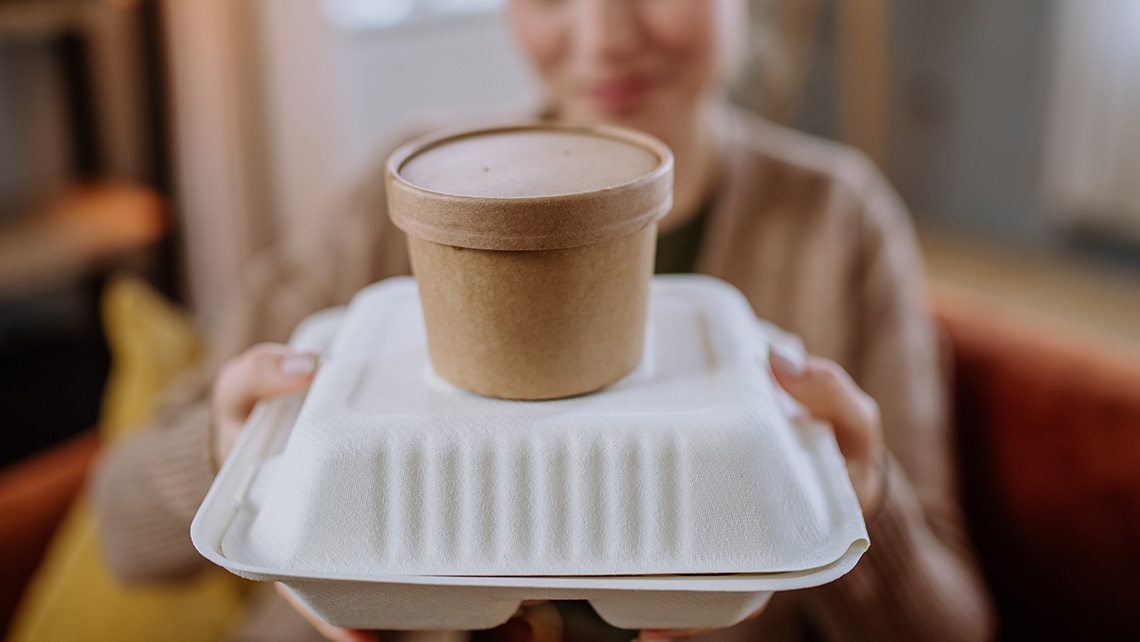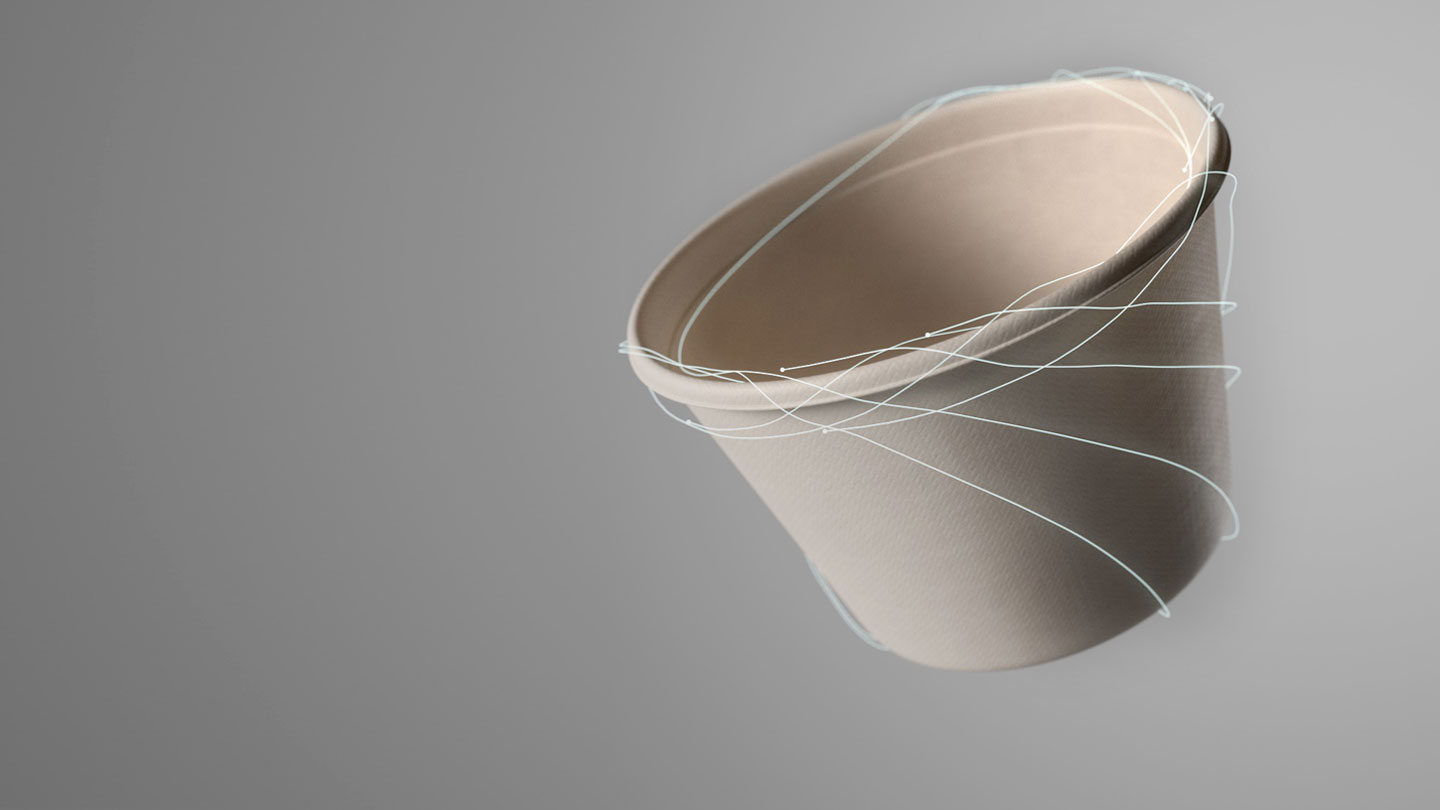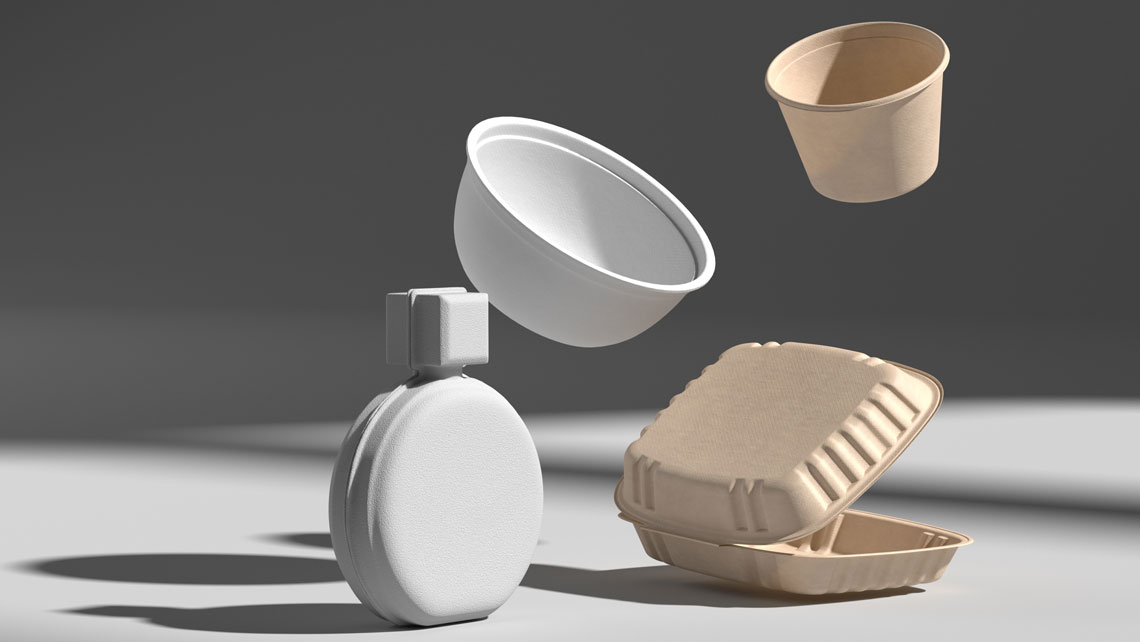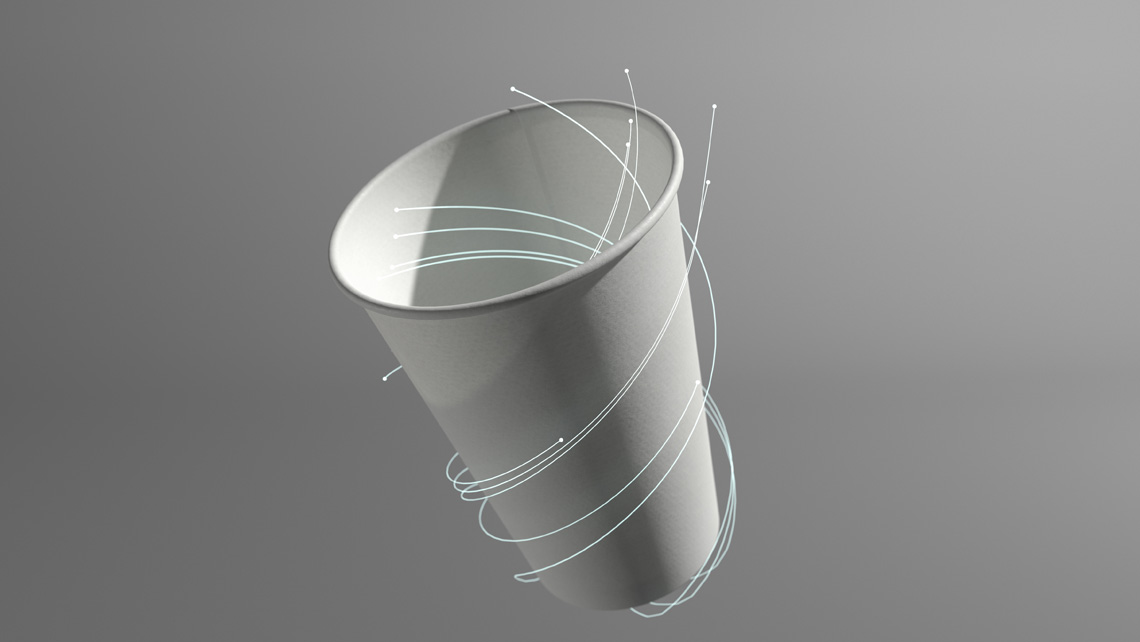Kemira is actively developing new solutions for the food packaging value chain for a future free of per- and polyfluoroalkyl substances (PFAS). One avenue for such work is the ZeroF project, which started in January 2023 and is funded by the European Union and SERI, the Swiss State Secteriat for Education, Research and Innovation. Kemira is among the 12 research and industry partners from 9 countries to collaborate on the project, aiming to find safe and sustainable coating alternatives to replace PFAS compounds specifically in food packaging and upholstery textile value chains.
“The aim of the ZeroF project is to replace PFAS with non-toxic compounds based on renewable raw materials. We have been working for years with barrier coatings for fiber-based packaging to provide the industry with solutions that enhance recyclability and safety. It’s great to utilize that experience and expertise in the ZeroF project to create novel, future-proof solutions,” says Sai Li, Senior Research Scientist at Kemira R&D.
PFAS are a wide group of synthetic chemicals containing strong carbon-fluorine bonds. Due to their excellent resistance to heat, oil, and water, PFAS have found extensive use in a wide variety of industrial and consumer products, including firefighter foams, non-stick cookware, water-repellent fabrics, and grease-resistant food packaging. “However, PFAS also persist in the environment and accumulate in soil, water and living organisms. This has earned them the nickname ‘forever chemicals’,” says Amal Ishfaq, Specialist at Kemira Product Stewardship and Regulatory Affairs (PSRA).
The PFAS contamination poses significant risks to human health with potential links to cancer, hormone and immune system disorders, and reproduction issues.
This contamination poses significant risks to human health, with potential links to cancer, hormone and immune system disorders, and reproduction issues. “Clothing and take-away food packaging are in direct contact with our skin or the food we consume, making them priority applications for PFAS replacement.”
Helping the value chain to make the shift
A particular focus in barrier development is molded fiber packaging, increasingly favored by brands seeking to replace single-use plastics with renewable and recyclable alternatives. Traditionally, fluorochemicals have been used to achieve critical barrier properties against oil, grease, moisture, and water in fiber-based molded fiber packaging.
The new solutions we develop must be safe for both people and the environment while being achievable in the packaging value chain.
“The new solutions we develop must be safe for both people and the environment while being achievable in the packaging value chain,” highlights Sai. This entails maintaining performance and cost-efficiency. In the ZeroF project, Kemira focuses on barrier chemistry, its application, and chemical safety, assessing the performance and safety of new solutions. “We’re testing and validating to see if they are feasible: do they meet the needed functionality and other requirements for the end-use and can they also be efficiently applied to the packaging material.”
For molded fiber packaging, Kemira is exploring barrier solutions that are either added in the pulp suspension before the forming stage, the so-called wet end, or applied onto the surface of the molded item e.g. by spraying.
Food packaging safety at the core
In the European Union, PFAS have been listed as substances of very high concern, with plans to first restrict certain PFAS and, in the long term, phase them out completely. Some countries, such as Denmark, have already imposed strict limits for PFAS, while similar initiatives to eliminate these chemicals from a variety of end-use applications have been taken in the US at both state and federal levels. Monitoring PFAS and the impact of the regulatory attention have been on Kemira PSRA’s radar for a long time.
Our role is to understand the current regulations and also anticipate future developments. We focus on understanding the impact on our customer industries and the broader value chain.
“Our role is to understand the current regulations and also anticipate future developments, to be ahead of what’s coming around the corner. As we don’t have PFAS-containing products in our own portfolio, we focus on understanding the impact on our customer industries and the broader value chain,” explains Amal.
When it comes to the safety of packaged food, the brand owners are the ones who bear ultimate responsibility and risk negative repercussions. Many are already pledging voluntary measures to eliminate PFAS from packaging. Collaboration across the value chain is crucial when developing new-to-the-world solutions for demanding end uses.
“The inspiration for projects like ZeroF also springs from this collaboration – coming together to solve common challenges,” concludes Sai.



